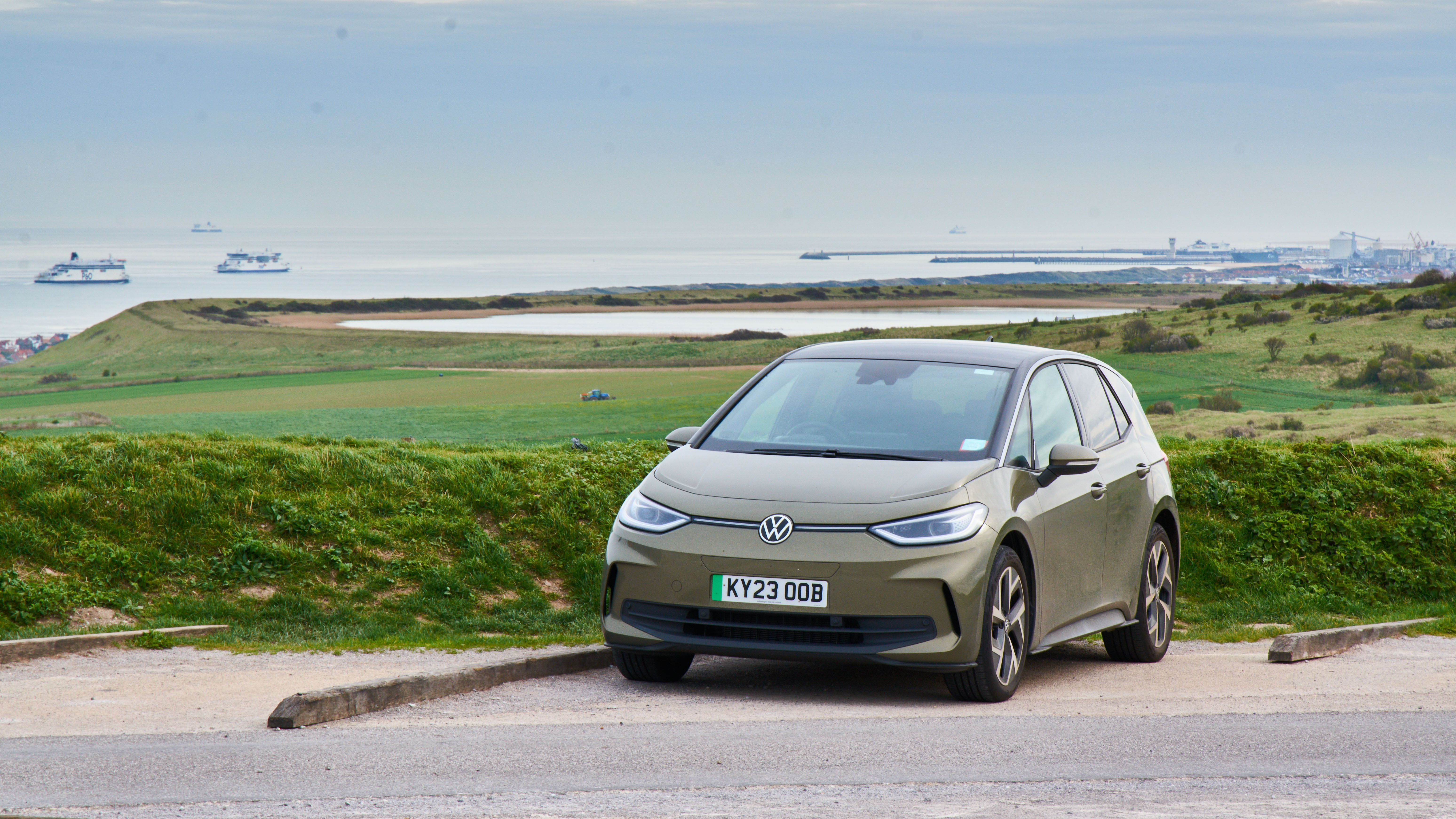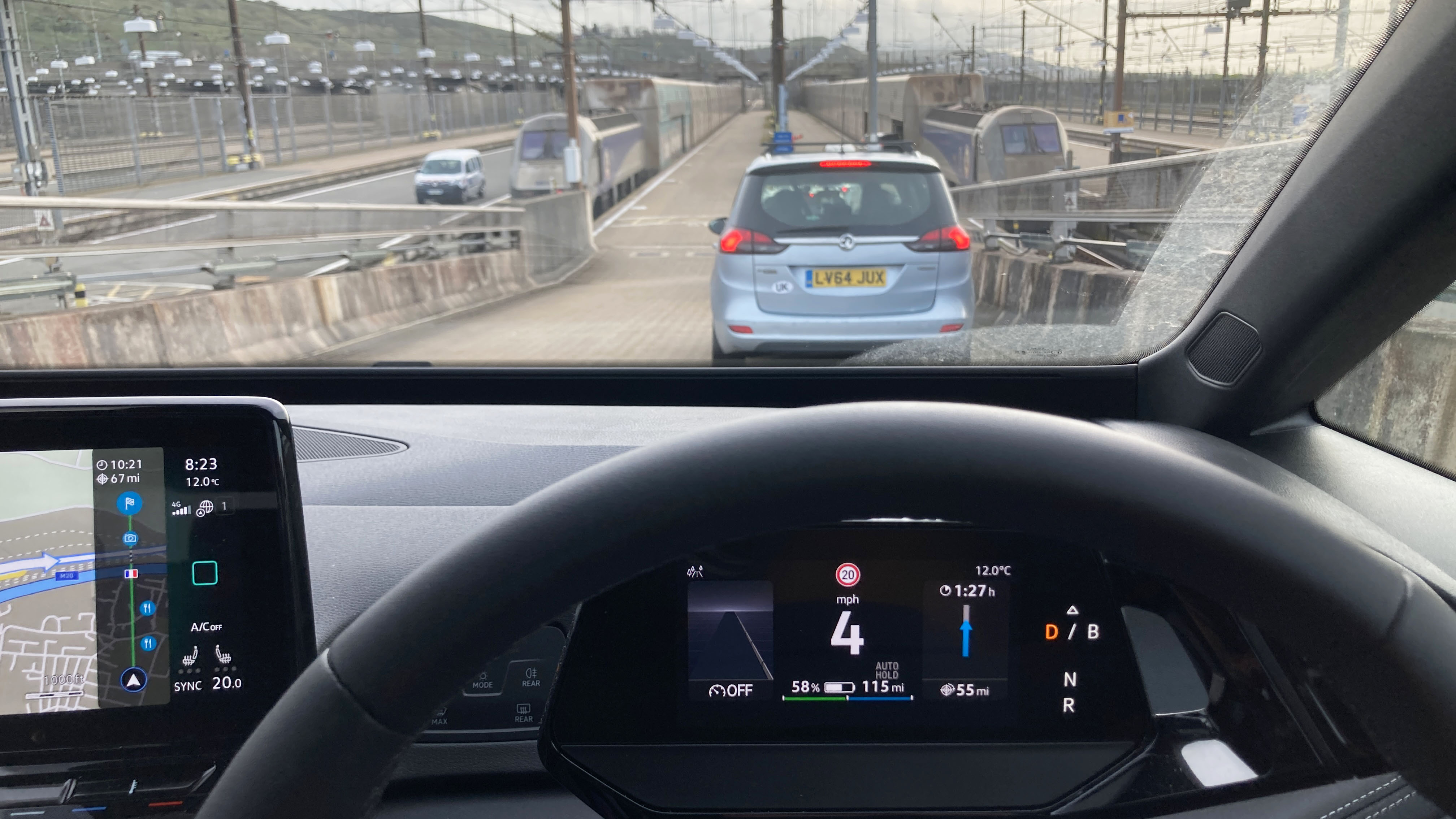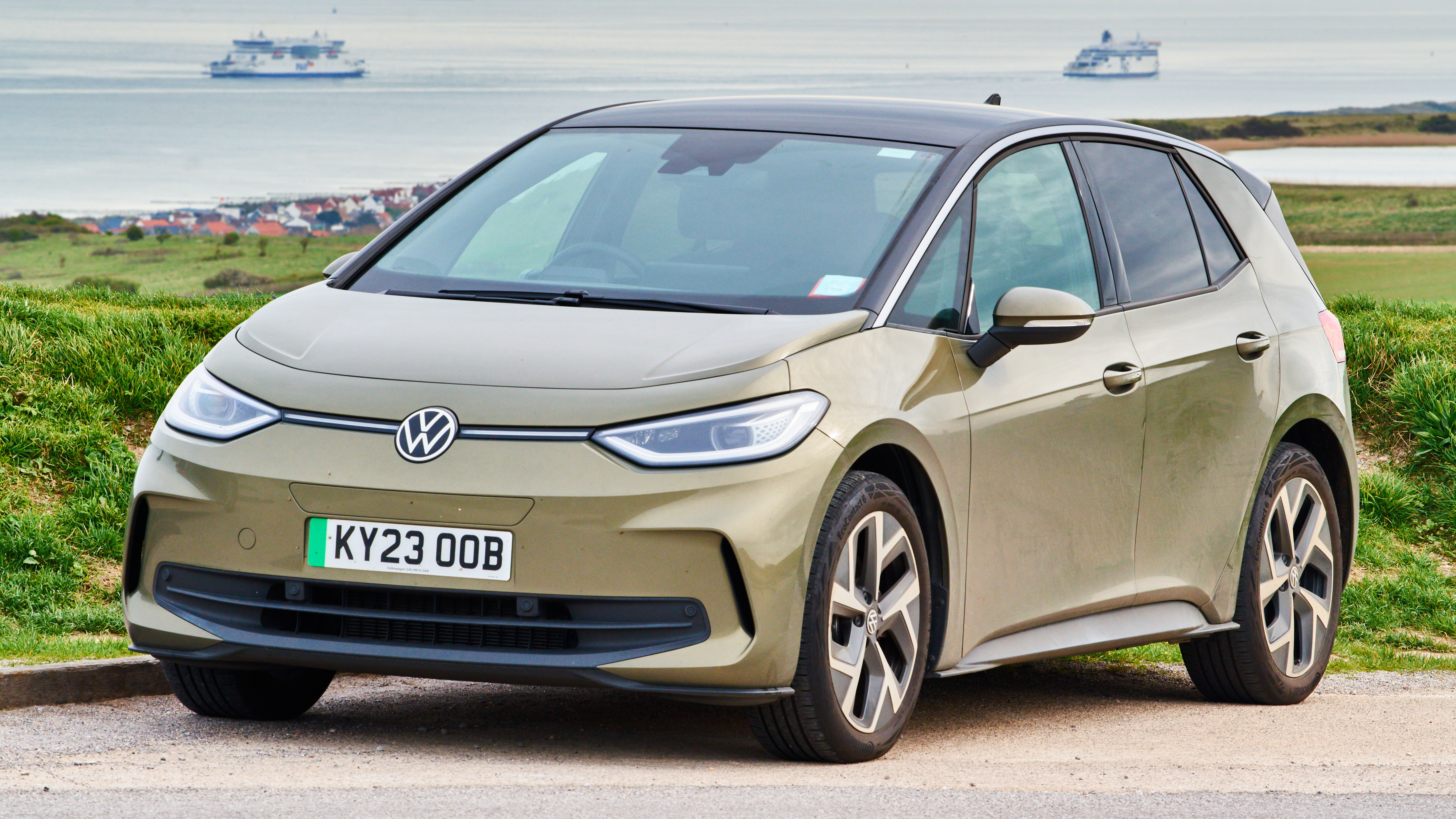
Life with a Volkswagen ID.3: how much battery is enough?
Some longer outings in the ID.3 recently. Really, how much battery is enough? This ID.3 has the smaller option, called Pro. It's 58kWh. By way of comparison I'll be swapping to the 77kWh Pro S after a couple more months.
I often drive from London to Cornwall but this time I used a new charge stop, an Ionity bank near M4 Chippenham. An independent cafe is right there so it's not the usual boring motorway service station experience. In the time it took to do the coffee/snack/toilet thing, I got more charge than I needed.
Range is 200 miles or so, but on motorways around 180 miles if you behave. Now, you wouldn't want to drop below 10 per cent, but on those Ionity posts it got back to 80 from 10 in about 35 minutes. So on repeated 80-10 runs you're using 70 per cent of your 180 miles, which is only 126 miles before you're back down to 10. Two hours driving then half an hour charging is a rhythm I wouldn't much fancy if I had a trip of say 500 miles ahead of me. That'd be a good use-case for the 77kWh battery. But for the 250 miles to Cornwall, a single brief stop for this 56kWh version to ingest 40 per cent is just fine.
Next thing, a trip to Normandy. We didn't want to eat French motorway food either, so let the car charge in towns while we did our tourism. In France 22kW three-phase chargers are common, and if the ID.3 could accept 22kW it'd be full in two and a half hours. But actually it can draw only 11kW from these posts, so we ended up doing a bit of DC charging too. Shell's Recharge app is useful: it gives you in-app payment on a variety of French networks and that's handy because the 22kW posts don't take contactless. It failed us once but I think that was down to poor phone signal.
Anyway, charging in unknown places abroad as at home remains a potential faff. You have to be good at reading maps and finding the chargers in car parks, and talking in the local language to call centres if it fails.
And of course when route planning or choosing a charge point in any EV, you need to work out how long the car will take to charge. That depends on the lower figure of charge point power or the car's intake power. The ID.3 can take only 11kW at a 22kW AC point, and take only 100kW at even a 350kW DC rapid charger. That tells you how long it'll take to get enough energy. But of course you don't think in energy but in miles, so you need to know the car uses 0.5 per cent per mile on single carriageways or 0.55 per cent on motorways.
For instance if you need to add 100 non-motorway miles, that's 50 per cent charge, which is 0.50 x 58kWh = 29kWh. At 11kW power, the result is 29kWh / 11kW = 2.6 hours on one of those three-phase posts. On DC rapid chargers the principle is the same but the charge power decays as the car gets fuller which is why we usually unplug at 80 per cent-odd.
I find it all a satisfying puzzle and it went well. But I recognise I'm a spod and normal humans might find it a peeve. Of course the ID.3, like any EV, communicates with your phone so you can watch it charge from remote comfort rather than impatiently sitting in it.
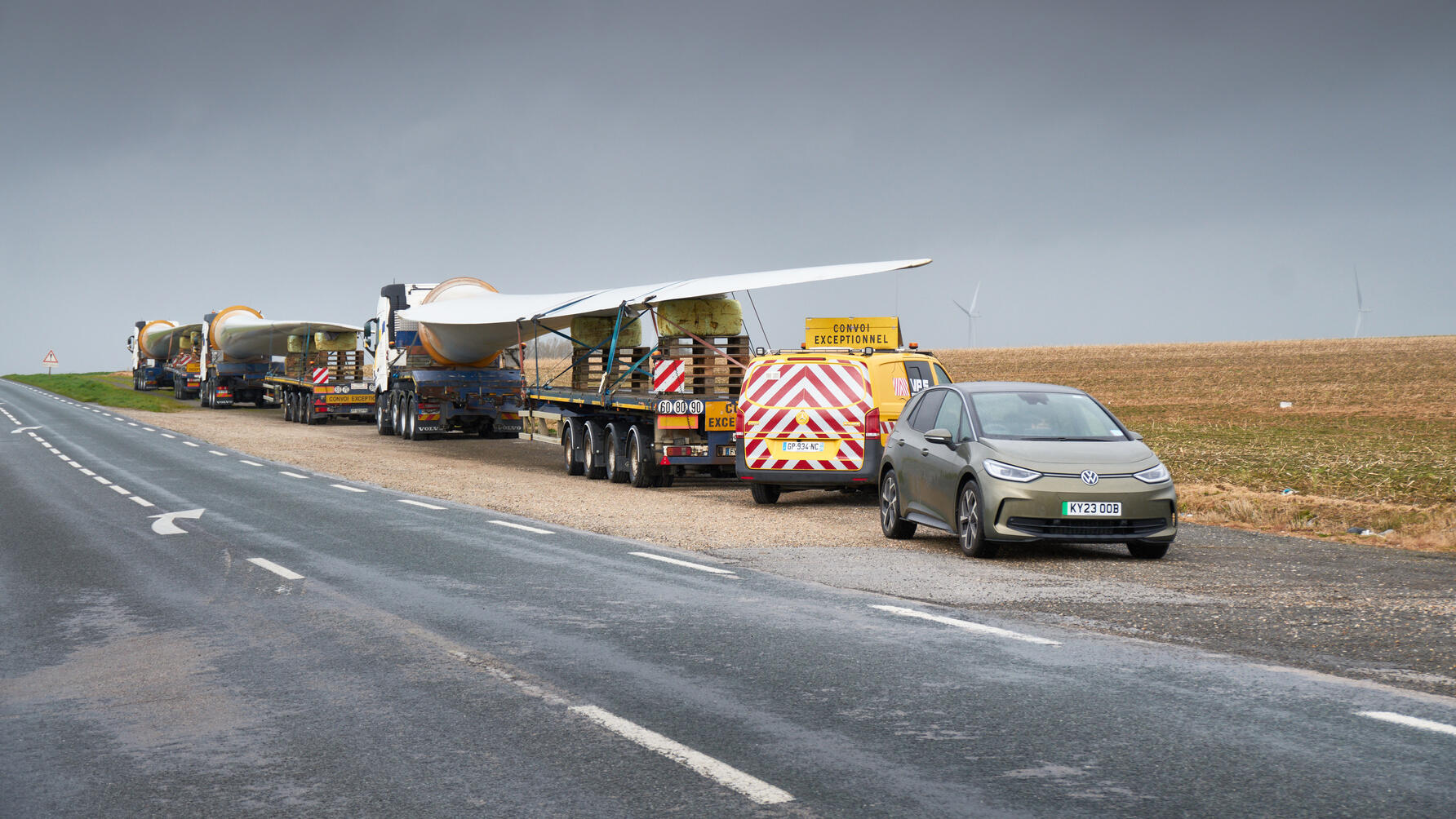
So to address the question at the start. Perhaps the advantage of a bigger battery wouldn't be having to charge less often. It would be having to think about charging less often.
Those chargers in France are usefully cheaper than here. There are lots of wind farms in Normandy, so above is a photo where I stopped beside some trucks carrying blades for a new one. My biggest win was in Arras. The underground car park beneath these gable-ended houses is €13 a day, or €15 if you use the chargers. So that's €2 for all the electricity you can eat. Wish I'd arrived with a bone-flat battery.
As you'd expect, you can swap the ID.3's excellent matrix LED headlamps' pattern from LHD to RHD from its screen rather than mucking about with stick-on masks. But a surprise was that the screen automatically showed a table of French speed limits as soon as we emerged from the tunnel.
Talking of the tunnel and automation… Driving onto and off the train there are a few ramps, and your headlights aim at the eyes of the kind people giving you directions. So I usually turn them off. Not in the ID.3. The switch gives you two choices. 'Auto', which means on as it's dark. And 'on'. Duh.
Finally, here's a photo taken before the Goodwood Members' Meeting. You'll understand why I drove there in the BMW, and not the VW.
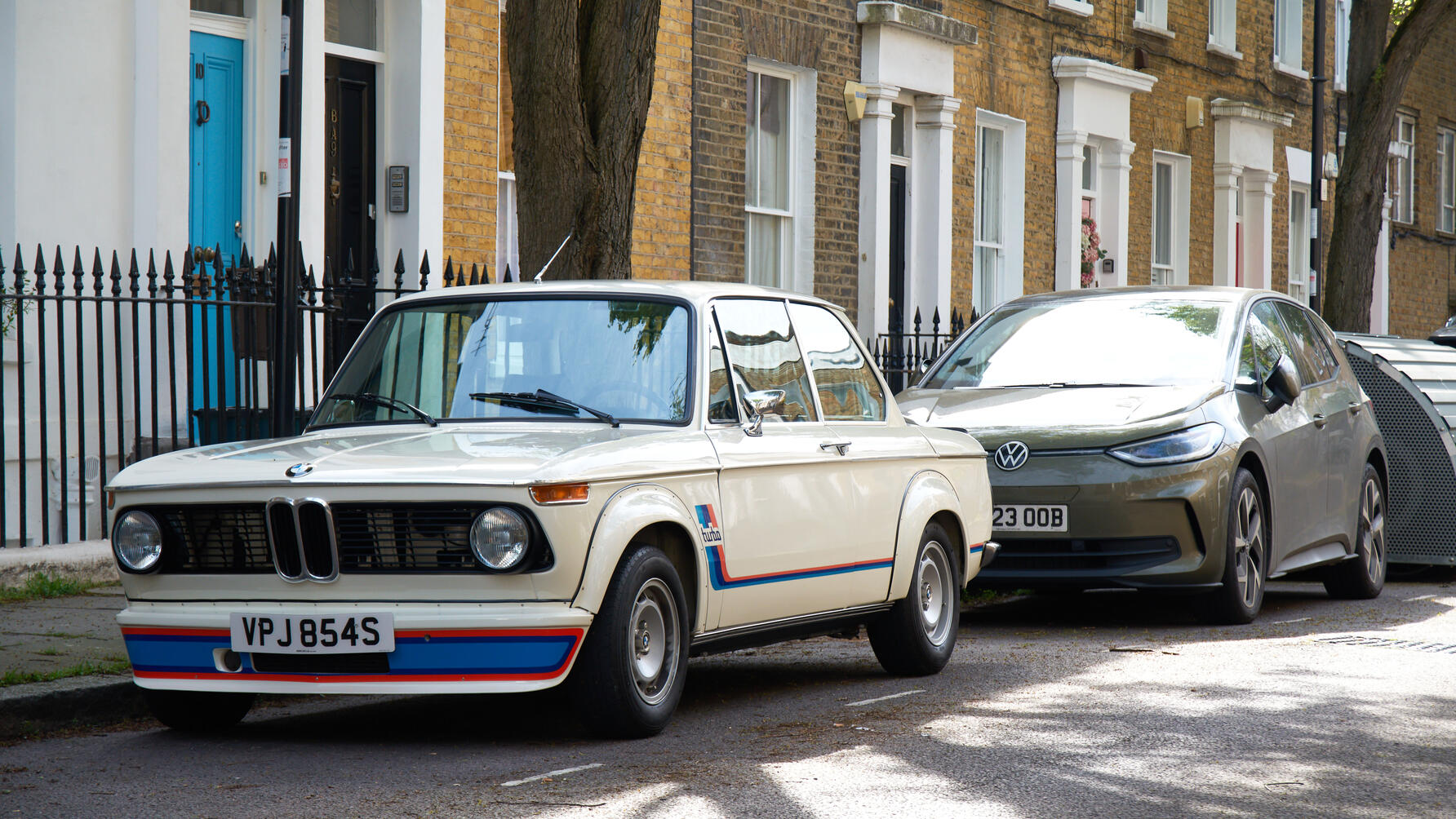
Featured

Trending this week
- Car Review
BMW 1 Series
- Top Gear's Top 9
Nine dreadful bits of 'homeware' made by carmakers




